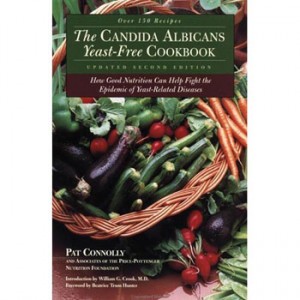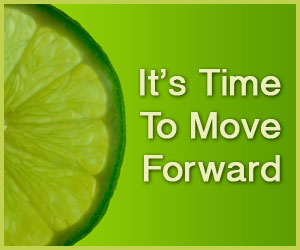The Candida Albicans Yeast-Free Cookbook
 Updated Second Edition, 2000
Updated Second Edition, 2000
Pat Connolly
This book was first published in 1985 and starts out by discussing the variances in different books on Candida. The author also notes that she and her colleagues “lean even more toward a low-carbohydrate diet with limited, very occasional use of grains and legumes than we did fifteen years ago.” Grains and legumes were introduced fairly recently (within the last 8,000 years) into the human diet, which proponents of the “caveman diet” say is not long enough for us to adapt to these foods as staples of our diet.
The recommended diet is based on the Rainbow Meal Plan, where you eat a small serving of seven food groups: complete protein (beef, chicken, seafood, duck, fish, eggs, lamb, turkey), legumes and grains (kidney, pinto, string, snap peas, green peas, barley, brown rice, buckwheat, millet, oats, rye, wheat berries and others), root vegetables (beets, carrots, onions, potatoes and others), yellow or white vegetables (cauliflower, fresh corn, squash and others), green vegetables (artichokes, asparagus, broccoli, zucchini and others), red, orange and purple vegetables (beets, eggplant, sweet potatoes, tomatoes and others) and green leafy vegetables (bok choy, cabbage, lettuce, spinach, chard and others).
Besides being complex and time-consuming, this diet allows foods that other Candida diets do not allow. I am gluten intolerant, as are many people with Candida, so the grains recommendations do not make sense. The author also allows corn tortillas, which are made from a grain that is usually not allowed. No fruit is allowed. On the diet I’m following, only frozen berries are allowed. You’ll find discrepancies like these, but you should watch your fruit intake and try to avoid it. I didn’t introduce the berries until I had been on the diet for a few weeks and had started feeling better. I wanted to eliminate as much sugar as possible from my diet. This cookbook also does not contain yogurt recipes, even though good yogurt contains many probiotics, essential for intestinal health.
This book allows more foods that I’m allowed on the diet I follow. There were several recipes that contained brown rice, potatoes or other grains, but I still got a few ideas of things I could cook. I wouldn’t recommend this book, though, and I was hoping for better-sounding recipes.











Leave your response!
You must be logged in to post a comment.